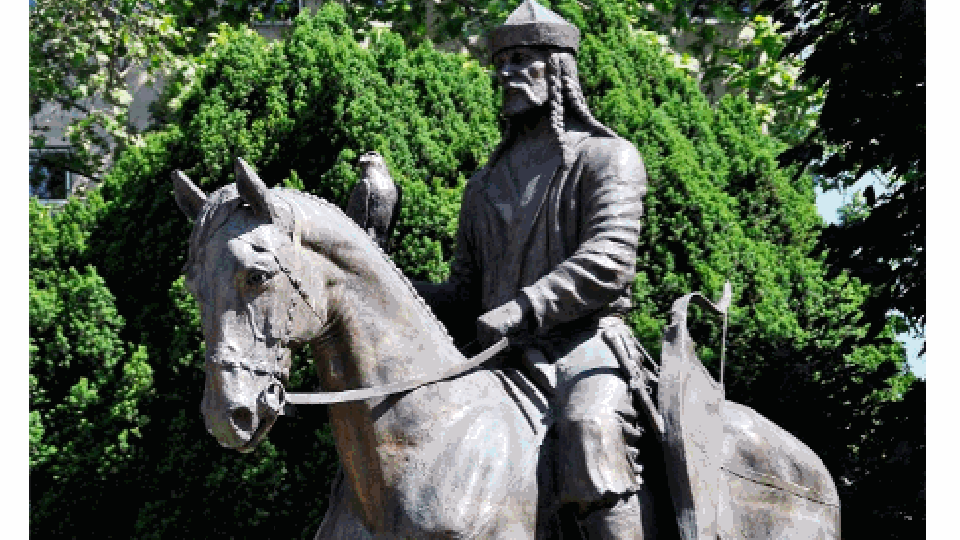In the research on the origins of the Hungarians, the researchers of the Archaeogenetic Research Center of the Hungarian Research Institute and the Department of Genetics of the University of Szeged published the most significant scientific article in the very prestigious journal Current Biology. The article states, among other things, that a significant part of the founding Hungarian elite completely lacks the "proto-Ugric" heritage, instead showing themselves to be descendants of Huns or Avars, with varying degrees of Iranian and local admixture.
As they write in their report, our researchers succeeded in reconstructing the population history of these eras with the greatest accuracy currently available by analyzing 265 human remains from the Hun, Avar and conquest eras (in other words: Hungarians who founded the country) excavated in the Carpathian basin. After the complete set of genetic material of the tested samples was successfully extracted, they were compared with the most modern computer algorithms with those of nearly 3,000 ancient samples, as well as with the genomes of all ethnic groups living in Eurasia on our supercomputer.
The scientific breakthrough of the research is that we managed to identify the first-generation core population (so-called core in the English-language article), the local aborigines, and those descended from their mixing from all three eras. The results proved that part of the European Huns came from Asian Hun ancestors, and another part consisted of steppe Sarmatian and Germanic elements integrated along the way, which corresponds to the historical sources.
THE BIOLOGICAL CONTINUITY DEMONSTRATED BETWEEN THE HUNS OF ASIA AND EUROPE PROVES THE CONTINUITY BETWEEN THE TWO PEOPLE GROUPS AND THE TWO EMPIRES THAT HAS BEEN DOUBTED UPTO NOW.
The genome composition of the Avar elite arriving in the Carpathian Basin clearly indicates an ancient Mongolian origin, which supports the Xuanxuan origin theory. Both the European Huns from ancient Mongolia and the Avar leading stratum can be traced back to early Asian Hun distant ancestors, but while the Avar elite clearly preserved the Bronze Age East Siberian genome typical of today's Tungus and Buryats, the Huns also showed Scythian and Chinese admixture.
However, a significant proportion of those who arrived in the Carpathian basin during the Avar age did not carry the heritage of the Avar elite, but can be modeled from Hun and Iranian (Alan) genomes. This leads to the conclusion that there is a large overlap between the population of the Avar and Hun eras, and with the arrival of the Avars in Europe, the peoples who had previously lived there were superseded by an elite group newly arriving from ancient Mongolia, they write.
They add that the genome composition of the founding Hungarians - who were the elite population that arrived in the Carpathian Basin during the time of the conquest - shows the greatest similarity among the present-day populations with the Bashkirs, Siberian and Volga Tatars, and among the ancient populations with the Asian Scythians. The examination of the descent relationships shows that a significant part of the occupying elite can be traced back to common ancestors with our closest language relatives, the Manysiks (Voguls), the Samoyed-speaking Nganasans, Selkups and Yenets, and of these, they were the last to separate from the Manysiks. The highest resolution genome models suggest that there may indeed have been a "proto-Ugric" population, which was created by mixing the population of the Late Bronze Age Mezhovskaya culture with the ancestors of the Nganasans somewhere in the forest-steppe zone between the Urals and the Altai, who in the Iron Age were a group of Asian Scythians. they could create. In the Iron Age, the ancestors of the Manys and the conquerors separated, and between 643-431 BC, the latter were seriously mixed with the early Sarmatians. This was followed by a second mixing between 217-315 AD with the descendants of the Asian Huns, the predecessors of the European Huns, the date of which corresponds to the period immediately preceding the European Huns.
The full article of Pesti Srácok can be read here.
Image: MTI












